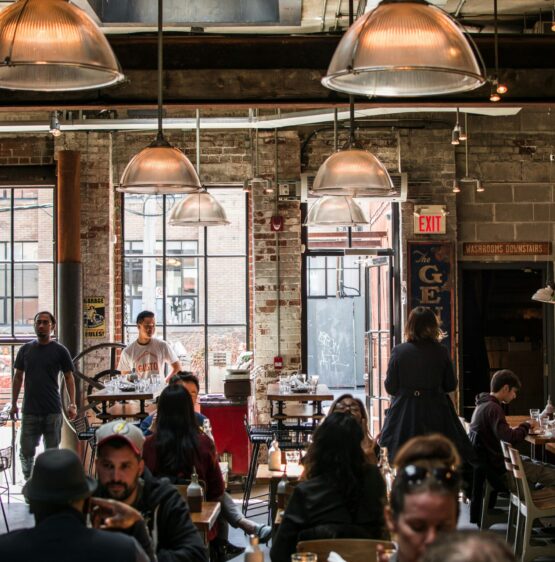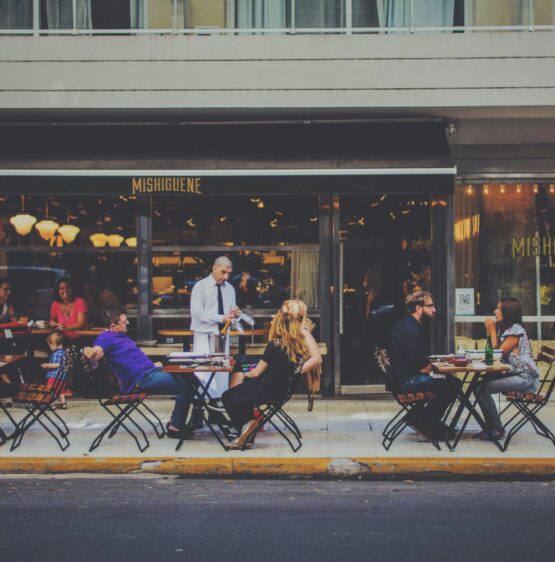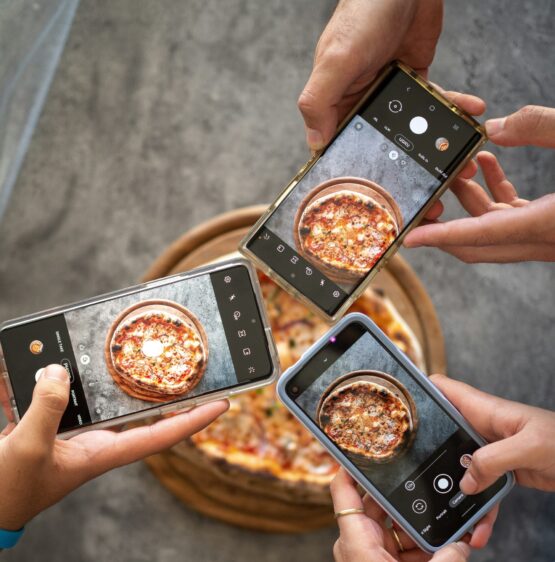


Increasing revenue by 100%, or more, isn’t just about increasing customers. It’s about using a strategy that creates leverage, and leverage is about getting larger outcomes from the same inputs. We don’t just want more new customers, we want them to spend more, more often, and in larger groups. Follow our step by step guide to build your own strategy using your data.

Create your own strategy by following our simplified process and create a compounding effect on revenue and total value.

The first variable is the number of new customers your venue receives each month, defined as new customers who made a booking. Technically, they could have been a previous diner on another customer’s booking but this is their first time making a booking. Most online booking providers provide this info. It’s 1 of 4 data points you absolutely need to know.

The average number of diners for each booking. Take the total lifetime covers, and divide by the total lifetime bookings to calculate the average table size. Revealing this number can also give some insights on how to configure the table plan and menu design.

FASHION OUTLET
This is the average number of times, each customer, makes a booking in their lifetime. This data may be a little tricky to find depending on your online booking software. Typically, you can find this by downloading all-time customer data, finding the column for ‘total visits’ and averaging that column. This is typically a number between 1 and 2.

FASHION OUTLET
The average amount of money that each customer spends per visit. Typically, this number is easy to obtain from your POS.
Example: 100 x 3 x 2 x £75 = £45,000 add 10% increases to each variable 110 x 3.3 x 2.2 x 82.5 = £65,885 which is 46% larger, from 4 variables that increased by 10%. Small changes. Large outcomes. Compounding.